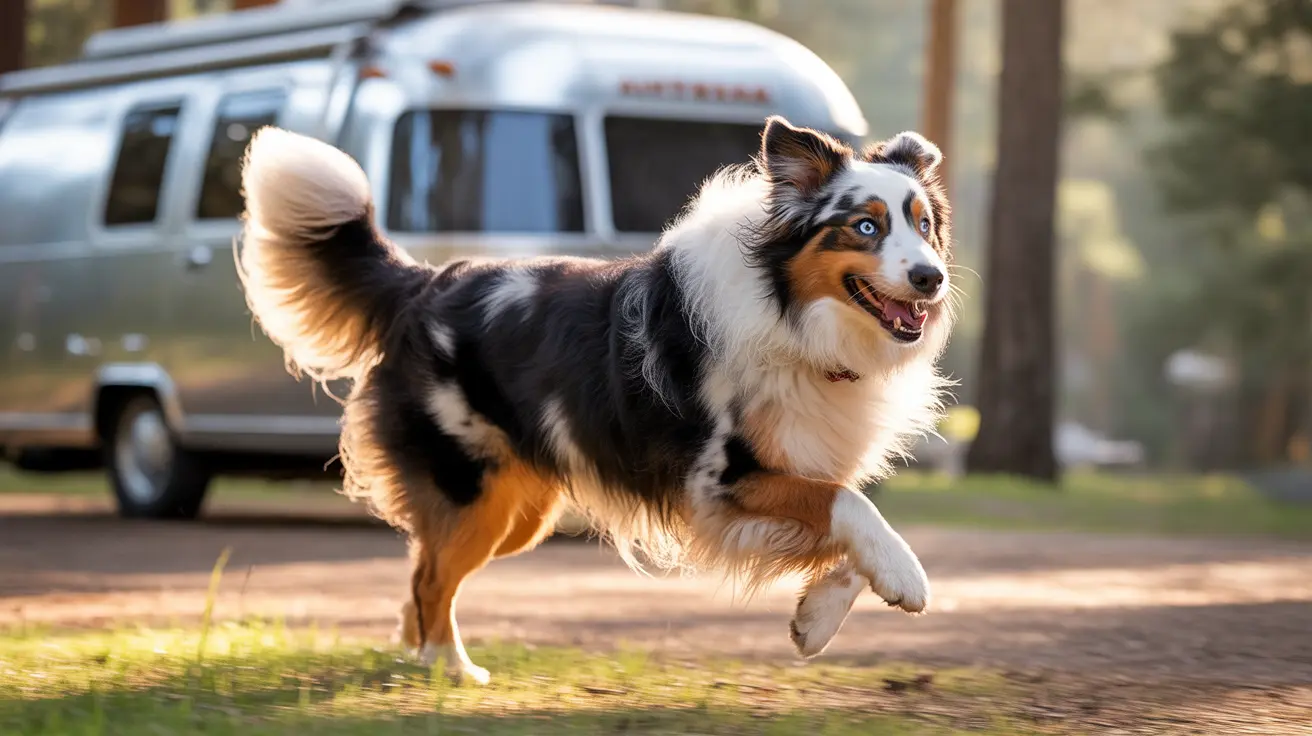Do Dogs Like Hearing Their Name?
Many pet owners wonder if their dogs genuinely like hearing their name. From a behavioral and scientific perspective, the answer is a resounding yes—dogs not only recognize their name, but they also respond positively to it when trained properly.
How Dogs Learn Their Name
Dogs have an impressive capacity to learn language through association. According to research, dogs can learn at least 150 words, and some exceptional dogs can learn many more. For instance, a famous Border Collie named Chaser could recognize over 1,000 object names. This clearly suggests that learning their own name is not a significant challenge for most dogs.
Dogs start learning their name through repetition, tone, and pairing with positive associations. Puppies and newly adopted dogs can begin responding to their names within minutes, but the average time for a dog to reliably recognize its name is 3 to 4 days with consistent training.
Why Dogs Like Their Name
- It signifies attention and interaction.
- It is often followed by praise, treats, or fun activities.
- It is spoken in a positive tone, which dogs are very sensitive to.
Dogs learn language not just through words but also through how we say them. Your tone of voice, expressions, posture, and gestures all provide cues that your dog interprets.
Training Dogs to Recognize Their Name
Here is a step-by-step guide for teaching your dog to enjoy and respond to their name:
- Use an upbeat, happy tone when saying your dog's name.
- Say their name when they aren't paying attention. When they respond, immediately give a treat or praise.
- Keep training sessions short and free of distractions, especially during the early phases.
- Gradually introduce more distractions once the dog can respond reliably indoors.
- Always make hearing their name a positive experience. Avoid using it when you’re angry or issuing commands.
Signs Your Dog Likes and Recognizes Their Name
- Turning towards you when their name is called.
- Wagging their tail, perking ears, or barking in acknowledgment.
- Running toward you with excitement.
- Looking at you expectantly.
These indications show your dog has developed a positive association with their name, making it a useful communication tool and bonding enhancer.
Common Name-Training Mistakes
- Using the name negatively (e.g., when scolding).
- Overusing the name outside of direct interaction, which can cause confusion.
- Using similar-sounding names for multiple dogs in the household.
To avoid confusion, choose a short, distinct name (one or two syllables) that doesn't rhyme with common commands like "sit" or "stay." If you prefer a longer name, come up with a shorter training nickname.
Why Consistency is Critical
Consistency is the cornerstone of effective name recognition training. Every time you say your dog's name and they respond appropriately, reinforce that behavior with a reward. The more consistent you are, the faster your dog will learn and enjoy hearing their name.
Building that strong association ensures that your dog responds even in distracting or high-stress environments, which can be critical to their safety (e.g., calling them away from danger).
Conclusion
In conclusion, dogs do like hearing their name, especially when it's associated with positive experiences, such as praise, treats, or playtime. With the right approach—emphasizing reward, tone, and consistency—you can ensure your dog recognizes and enjoys hearing their name, enhancing both training outcomes and the bond you share.





